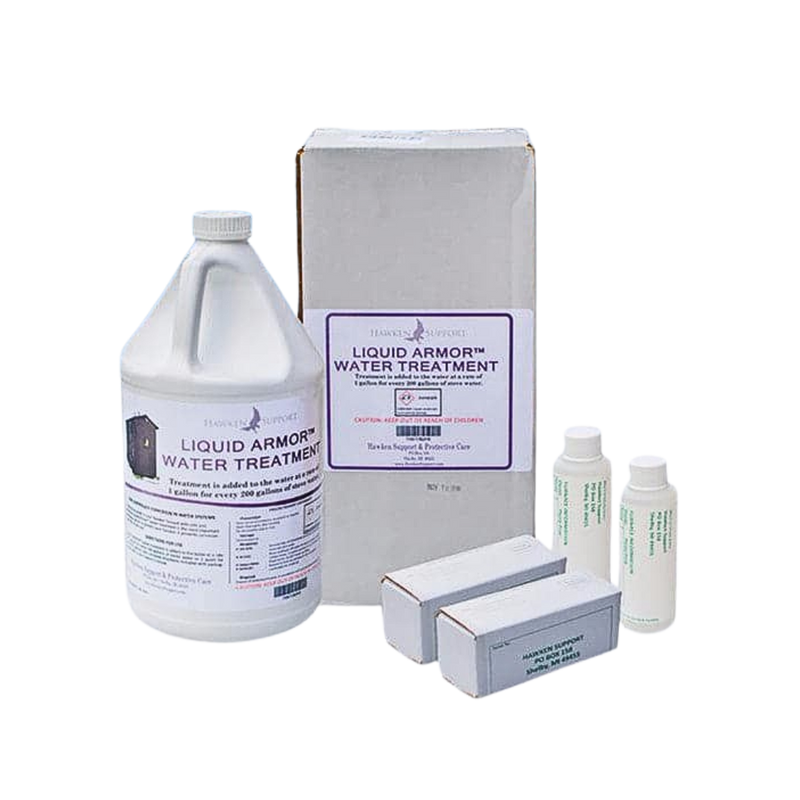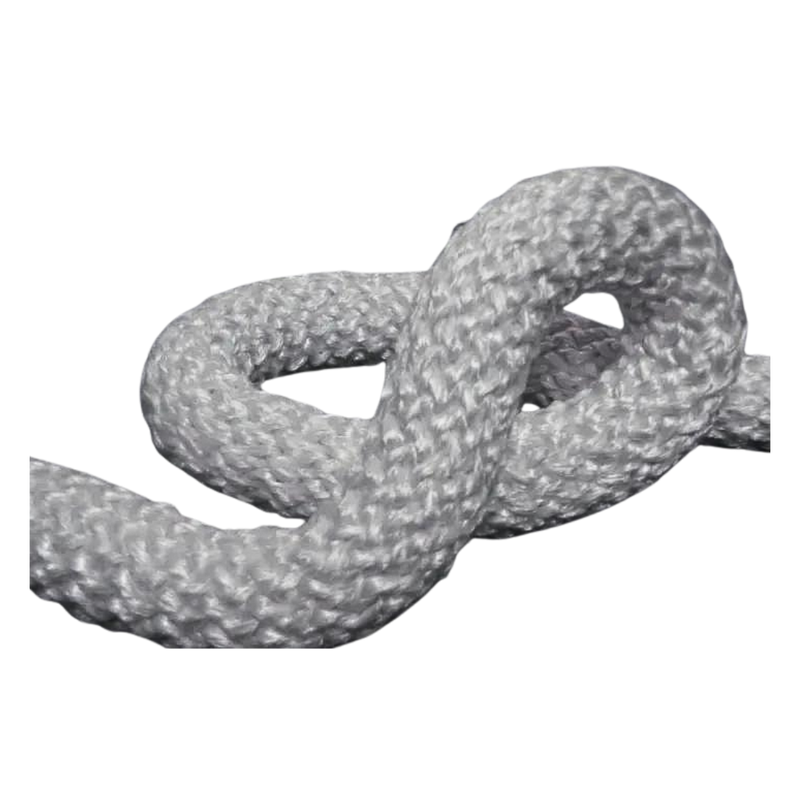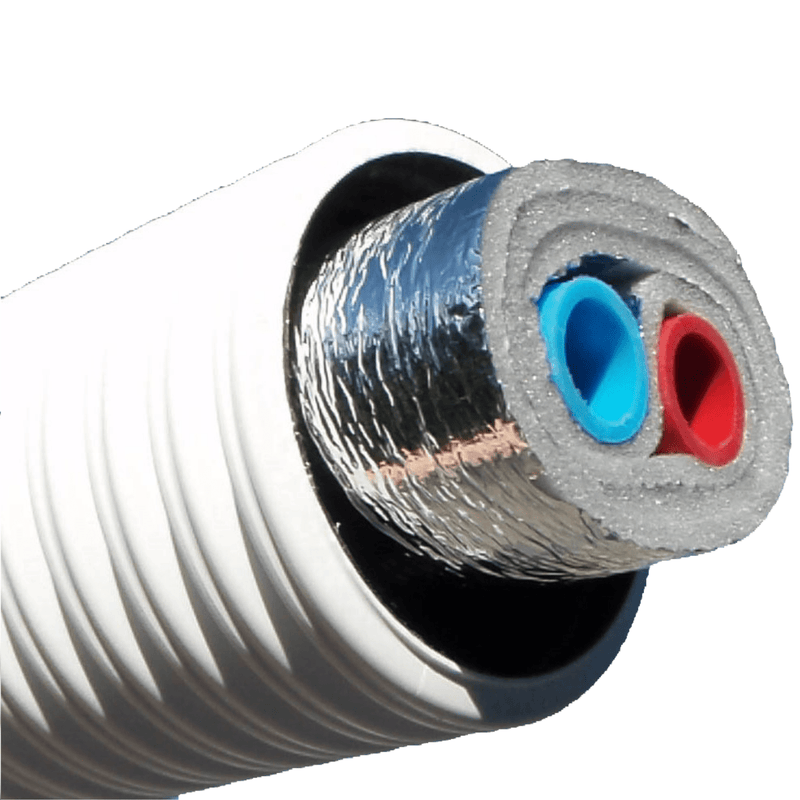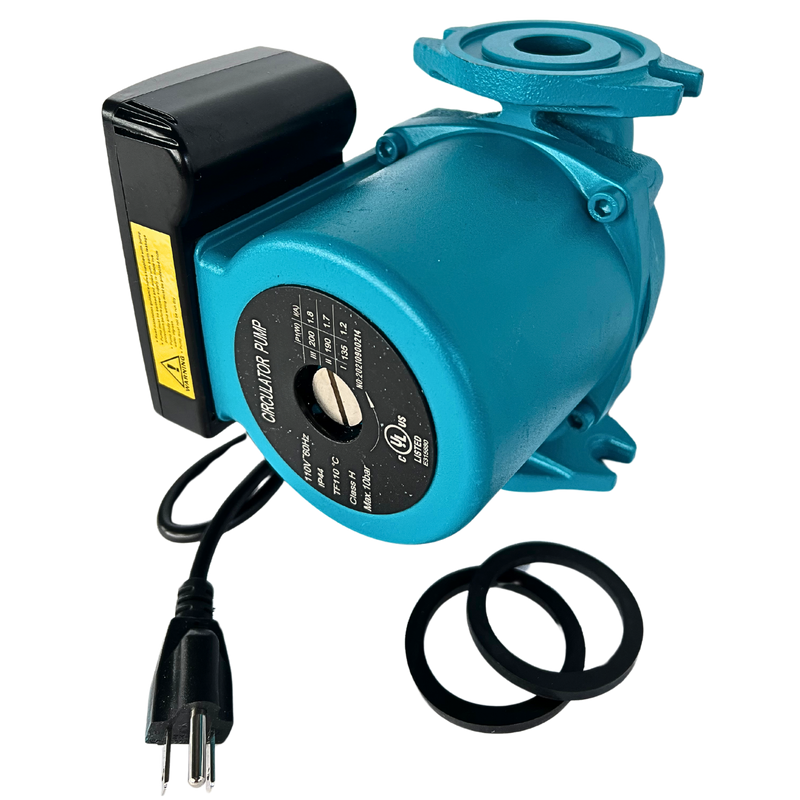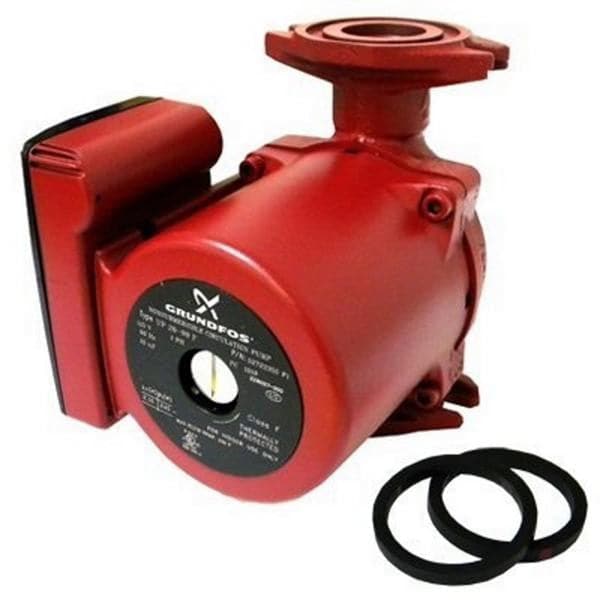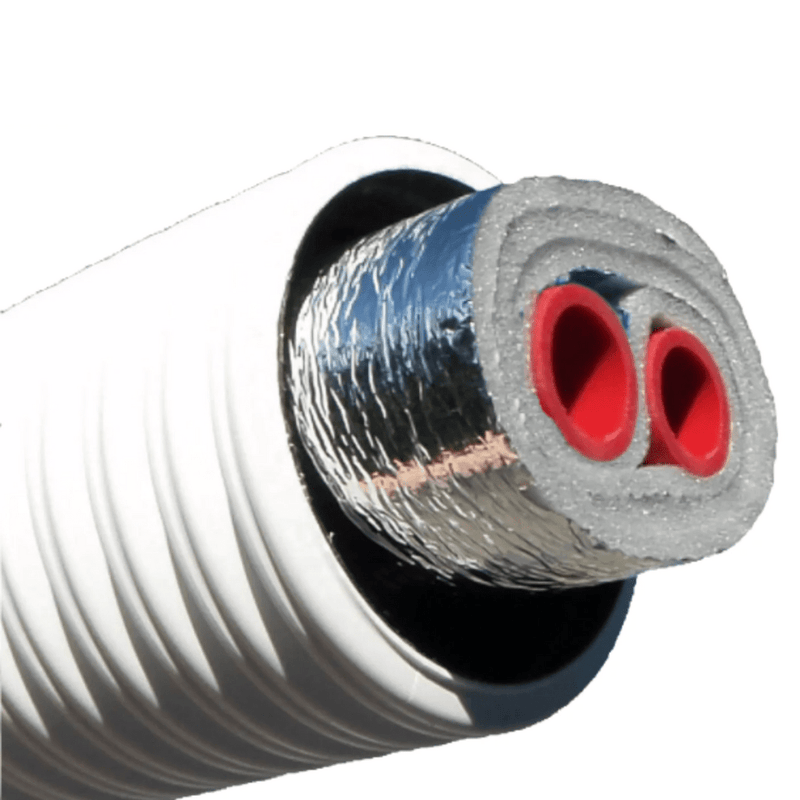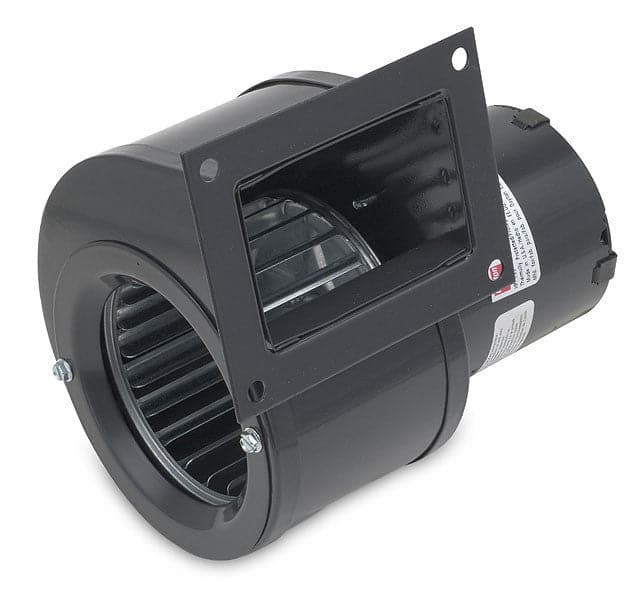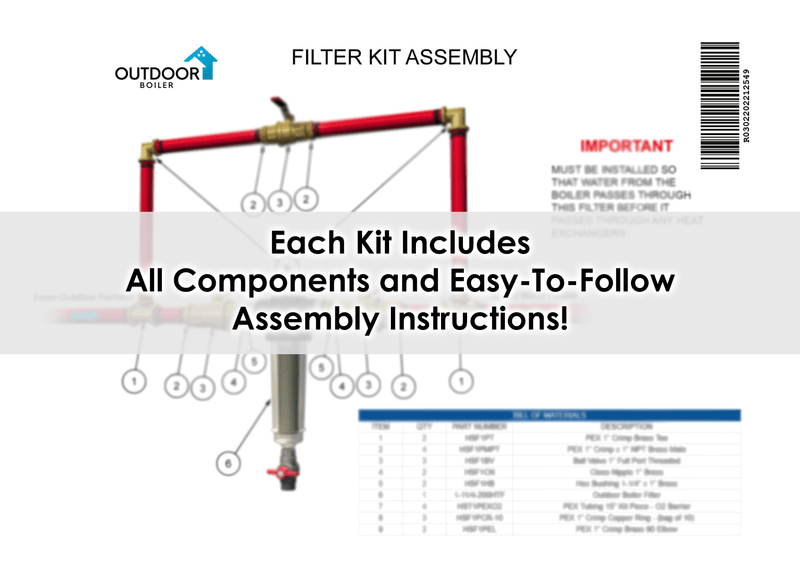How Effective is Heat Tape on Insulated PEX Pipes?

As winter whispers its icy tales, homeowners and property managers start their annual dance with the elements, striving to keep homes cozy and infrastructure intact. Amidst this seasonal preparation, a hero often emerges from the toolbox: heat tape/ heat trace. This unsung savior, especially when paired with Insulated PEX Pipes, plays a pivotal role in keeping water flowing and preventing the calamities of frozen and burst pipes. Let’s unwrap the mystery of heat tape and discover its effectiveness in our wintry battle.
What is Heat Tape?

It's like a ribbon that wraps around your pipes, providing warmth. Heat tape, Heat trace, or heat cable, is an electrical device designed to regulate temperature along its length. When covered around pipes or laid alongside them, it counters the winter colds, ensuring that the water within remains a liquid, resisting the freeze. Available in various lengths and with adjustable thermostats, it can be tailored to meet the needs of any home's piping system.
The Significance of Heat Tape for Pipes
But what are the benefits of adding heat tape to your winter toolkit?
It can protect against one of winter's most unpredictable dangers: frozen pipes. When water standing in pipes freezes, it expands, applying pressure on the pipes from within. This pressure can lead to cracks or even bursts, leading to leaks, water damage, and the potential for a significant repair bill. Heat tape, with its gentle warmth, ensures water keeps flowing, safeguarding your peace of mind and pocketbook.
Heat Tape and Insulated PEX Pipes: A Warm Embrace

PEX (cross-linked polyethylene) pipes have become a popular choice in plumbing due to their flexibility, durability, and resistance to freezing temperatures. However, even the sturdy PEX cannot withstand the relentless freeze if the conditions are right. This is where heat tape steps in, offering an additional layer of protection.
But how effective is this dynamic duo?
When you wrap Insulated PEX Pipes with heat-resistant tape, it's like giving them a double-layered winter coat and a warm hug. The insulation acts like a coat, keeping the warmth in and the biting cold out. But, just like how a warm cup of tea can make a chilly day feel more bearable, the heat tape adds that extra bit of warmth, making up for any heat that manages to slip away. Together, they form an unbeatable team, ensuring that the water inside your pipes stays fluid and free-flowing, even when Old Man Winter throws his worst tantrums. This perfect harmony means you can rest easy, knowing your home is protected from the woes of winter's freeze.
Is Heat Tape Efficient?
Good question!
You might wonder if using heat tape for water pipes is like opening a portal to escalating electricity bills. Today’s heat tapes are crafted to be kind to both the environment and your energy bills. Many models come with built-in thermostats that only activate the tape when temperatures dip to a certain point, ensuring that energy is not wasted during warmer periods. When combined with the natural efficiency of PEX insulation, this setup offers protection without the penalty of high energy costs. Want to know WHAT TYPE OF HEAT TAPE IS BEST FOR YOUR PEX PIPE? CLICK HERE
Ease of Installation and Use
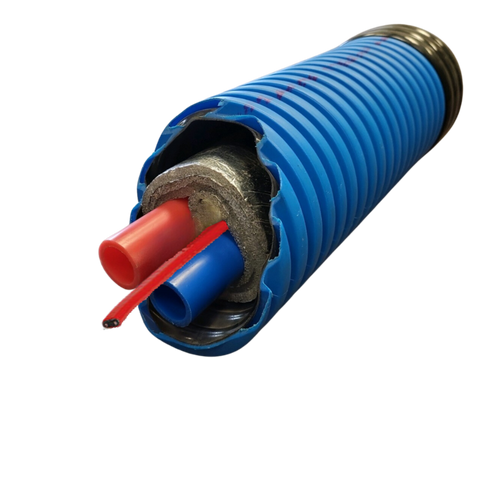
Both PEX pipes and heat-resistant tape boast ease of installation. PEX pipes can be snaked through walls and frames with less need for joints, reducing the risk of leaks. Adding heat tape to PEX pipes is equally straightforward, requiring no specialized tools or knowledge. Simply wrap or run the tape alongside the pipe, plug it in, and let it do its job. It's a simple yet effective solution for keeping the winter chill at bay.
Embracing the Warmth
Heat tape and insulated PEX pipes are the beacon of warmth and reliability to navigate the chilly winter. This partnership not only prevents the inconvenience and cost of frozen and burst pipes but also provides peace of mind, knowing that your home is protected against one of winter's most common threats. So, as you prepare for the frost, consider giving your pipes the warm embrace they deserve, ensuring a cozy winter for all.













